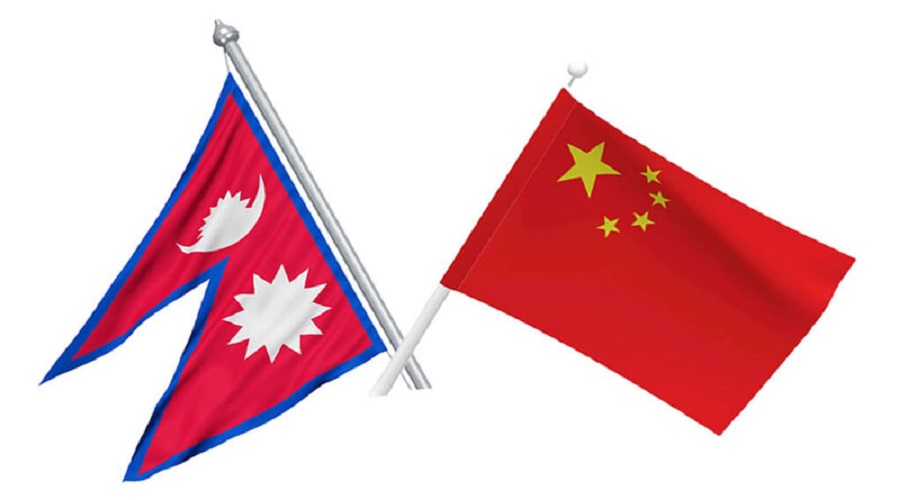China signals green light for Nepal’s hydroelectric power exports

KATHMANDU: Nepal and China have reached an agreement to commence construction on the Jilong-Keyrung-Rasuwagadhi-Chilime 220 KV Cross-Border Transmission line in the near future.
This marks a significant milestone as it represents China’s first affirmative stance to collaborate with Nepal in establishing cross-border energy distribution infrastructure. In previous years, Nepal had sought China’s approval to export its hydroelectric power, but progress had been hindered largely due to China’s lack of interest.
In a recent development, China has expressed its commitment to fast-track the project during the visit of Nepal’s Prime Minister, Pushpa Kamal Dahal, to China. A joint statement issued by the governments of Nepal and China addressed this matter, as reported by the Ministry of Foreign Affairs.
Both nations have also agreed to enhance cooperation in the energy sector, particularly in hydropower development and the construction of cross-border transmission lines and substations. The joint statement further mentioned, “The two sides will continue working toward the finalization of the China-Nepal Electric Power Cooperation Plan by convening the second meeting of the Joint Implementation Mechanism at the earliest.”
This collaboration will continue to utilize the platform of the China-Nepal Joint Implementation Mechanism, facilitating exchanges and cooperation in various energy fields, including hydropower, wind power, solar power, biomass power, and hydrogen.
Additionally, China has expressed its willingness to consider Nepal’s request to provide grid power to electrify remote villages in northern Nepal from the Xizang Autonomous Region of China and explore opportunities for equipment and technology provision on commercial terms.
Notably, Nepal initiated the construction of the Rasuwagadhi-Keyrung transmission line in 2018 with the aim of cross-border energy trade, but the project remains incomplete to date. Initially planned to be completed within two years, the feasibility study was delayed and took five years to finalize. Furthermore, the initially intended capacity of 400 kV for the transmission line was later reduced to 220 kV.
Dinesh Ghimire, the secretary at the Ministry of Energy, Water Supplies, and Irrigation, has confirmed that Nepal has already conducted a feasibility study for a 16 km section of the cross-border transmission line. However, the feasibility study on the Chinese side is yet to be carried out, according to Ghimire, who also noted that bilateral talks have now concurred to proceed with the Chinese side’s study.
Currently, Nepal exports excess electricity to India while importing electricity from its southern neighbor during the dry season. Nepal has been eager to extend its surplus electricity exports to Bangladesh and China.
In addition to energy cooperation, both countries have agreed to intensify exchanges and collaboration across various sectors, including education, science and technology, telecommunication, culture, tourism, radio and television, think tanks, and youth initiatives. Discussions on cooperation in areas such as the digital economy, digital infrastructure, and artificial intelligence are also on the agenda.













Facebook Comment